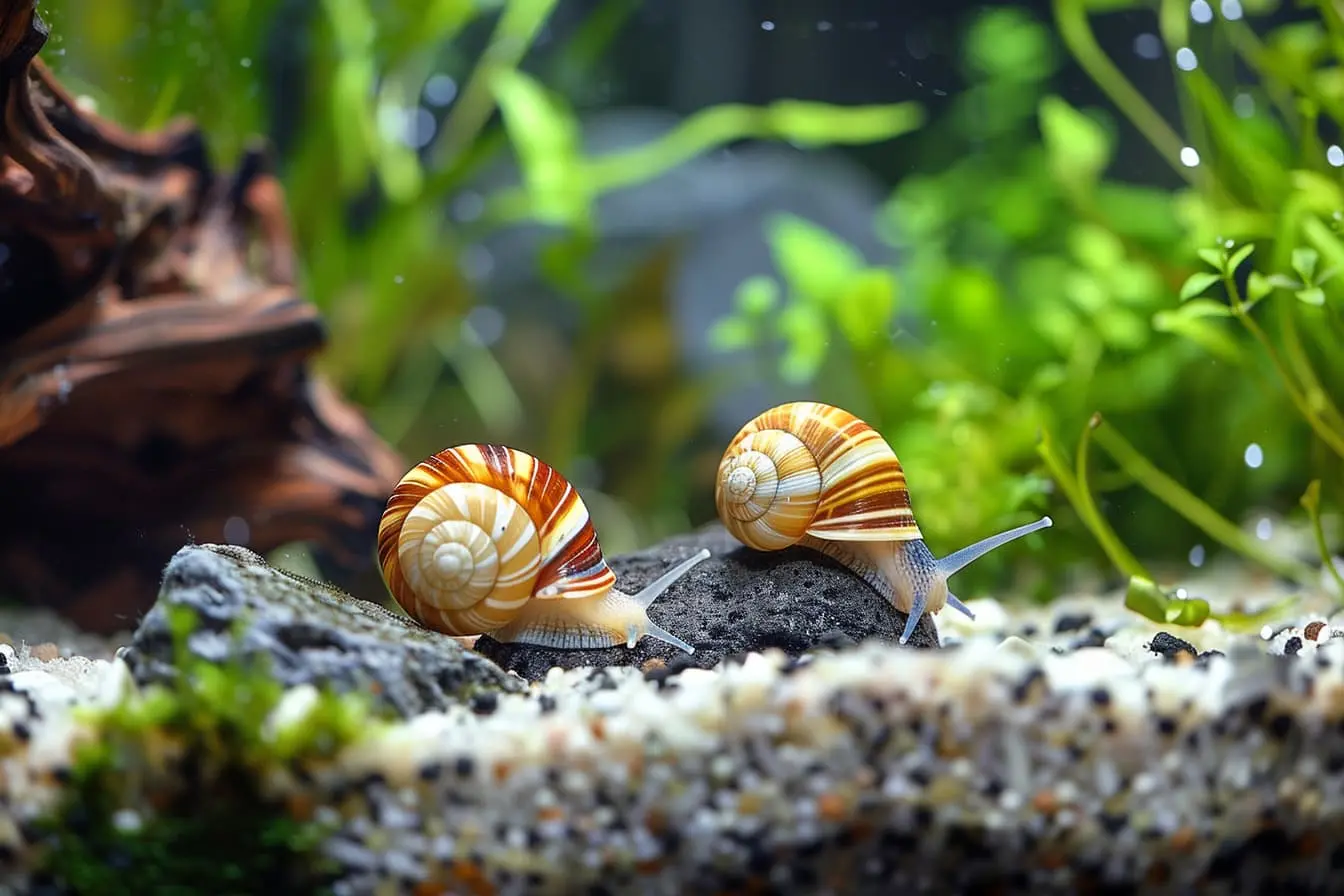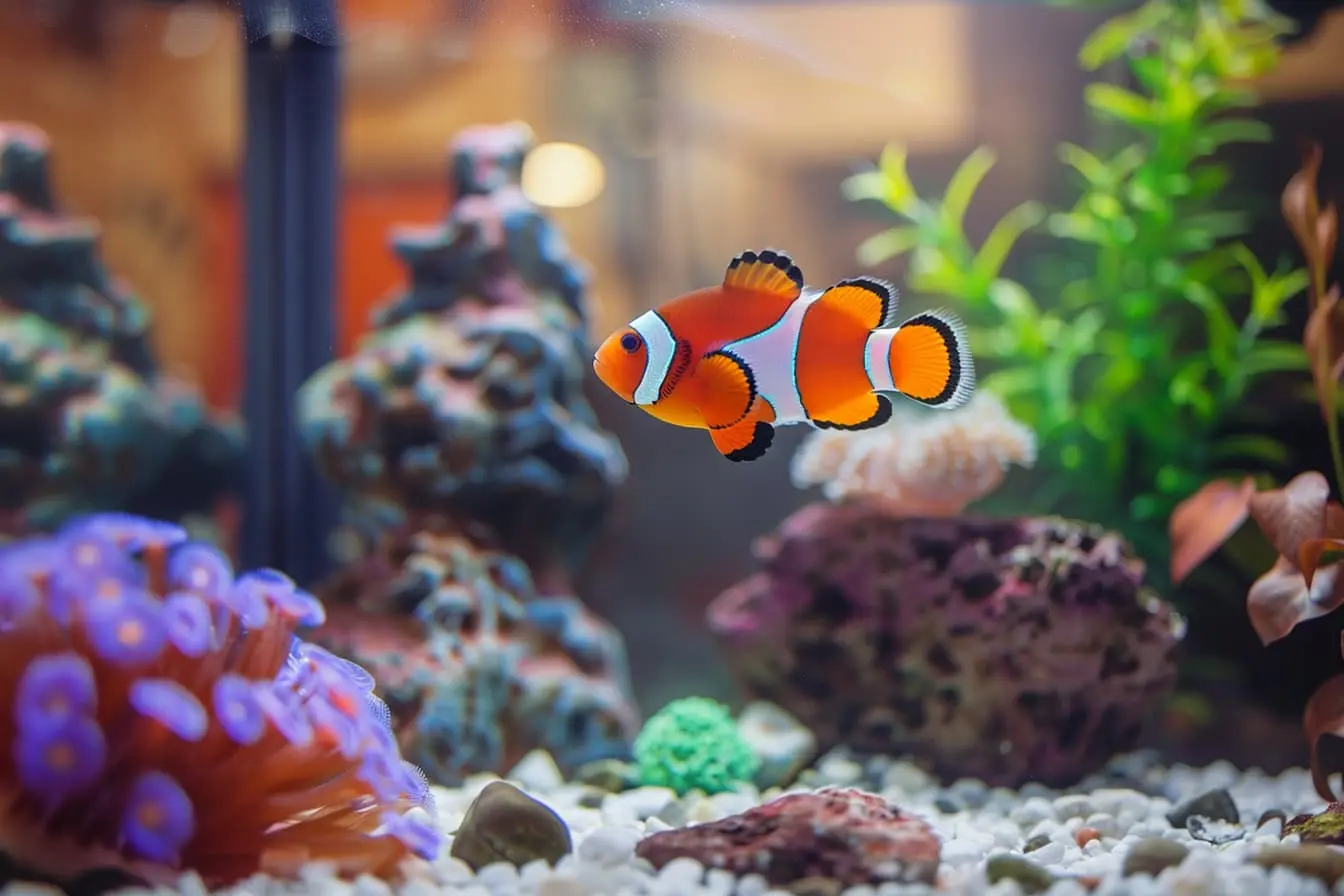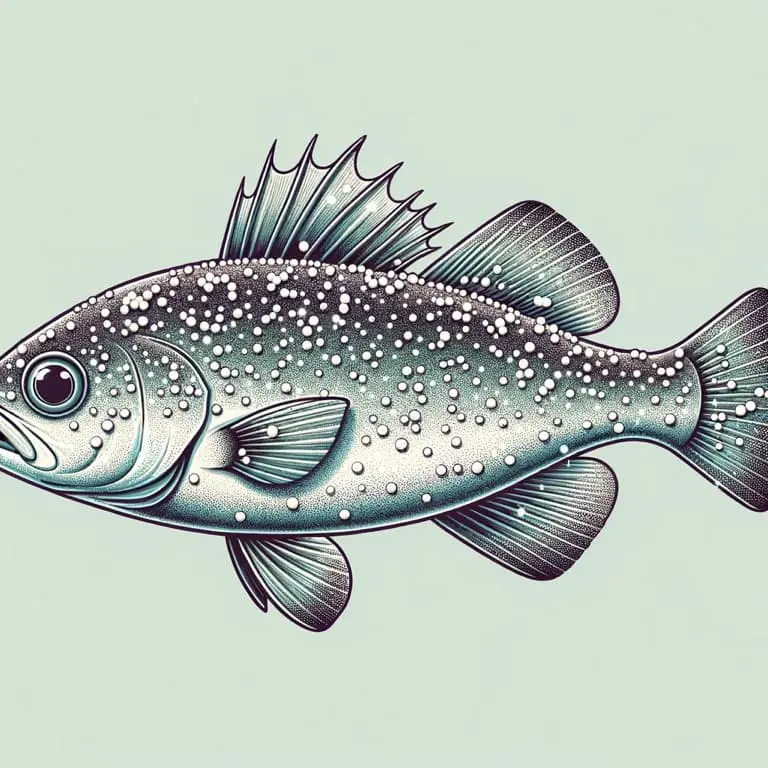
A Guide to Choosing and Caring for Aquarium Snails in the UK
Aquarium snails are a fantastic addition to many freshwater tanks, not just for their diverse shapes and colors but also for their practical benefits, such as algae control and substrate aeration. In the UK, a variety of these snails are readily available, each with unique care requirements. This blog post will introduce you to some popular species and offer tips on how to care for them, making your aquarium a vibrant, healthy ecosystem.
Popular Aquarium Snail Species in the UK
1. Nerite Snails
Nerite snails are celebrated for their incredible algae-eating capabilities. They come in various patterns and colors, adding beauty to any tank. These snails are ideal for community tanks as they are peaceful and do not reproduce in freshwater, avoiding overpopulation issues.
2. Mystery Snails
Mystery snails are another popular choice, known for their striking appearance and large size. They come in several colors, including blue, gold, and ivory. Mystery snails are excellent cleaners, feeding on leftover food, dead plant matter, and algae.
3. Malaysian Trumpet Snails
These snails are beneficial for aerating and stirring the substrate, preventing the build-up of harmful gases. They reproduce quickly, so population control may be necessary. However, their burrowing behavior makes them excellent for maintaining healthy aquarium soil.
4. Ramshorn Snails
Ramshorn snails have a distinctive spiral shell and can be found in various colors. They are efficient cleaners, eating algae, dead plants, and leftover food. However, they breed quickly, so it's important to keep an eye on their numbers.
Care and Maintenance
1. Water Quality
Snails are sensitive to changes in water quality, so it's crucial to maintain a clean tank. Perform regular water changes (about 25% weekly) and monitor parameters such as pH, ammonia, nitrites, and nitrates. Most snails prefer a pH range of 7.0-7.5.
For more information about aquarium maintenance and water quality monitoring see our handy guide here.
2. Diet
While many snails will help clean your tank by eating algae, dead plants, and leftover fish food, supplementing their diet with specialised snail food, blanched vegetables (such as zucchini, lettuce, and cucumber), or bottom feeder tablets ensures they receive all necessary nutrients.
3. Tank Conditions
Ensure your aquarium has a secure lid, as some snails may try to escape, especially if water quality begins to decline. Snails also need calcium for healthy shell growth, which can be provided through calcium-rich foods or by placing a cuttlebone in the tank.
4. Population Control
Some species reproduce quickly, leading to overpopulation. To manage this, remove excess snails manually, offer them to other aquarium enthusiasts, or introduce natural predators like certain species of fish, ensuring they're compatible with your current tank inhabitants.
5. Compatibility
Most aquarium snails are peaceful and can coexist with a wide variety of fish and other aquatic creatures. However, it's important to research and avoid aggressive species that may harm your snails.
Conclusion
Aquarium snails are more than just tank cleaners; they're interesting and beneficial pets that can enhance both the health and beauty of your aquarium. By choosing the right species for your tank and providing proper care, you can enjoy the diverse world of aquarium snails. Whether you're a seasoned aquarist or new to the hobby, snails can make a fascinating addition to your aquatic family.
Vets near you
Speciality vets
- Aquatics vet specialists
- Birds vet specialists
- Camelids vet specialists
- Cats vet specialists
- Cattle vet specialists
- Deer vet specialists
- Dogs vet specialists
- Equines vet specialists
- Exotic vet specialists
- Goats vet specialists
- Pigs vet specialists
- Poultry vet specialists
- Sheep vet specialists
- Small Mammals vet specialists
- Wild vet specialists



